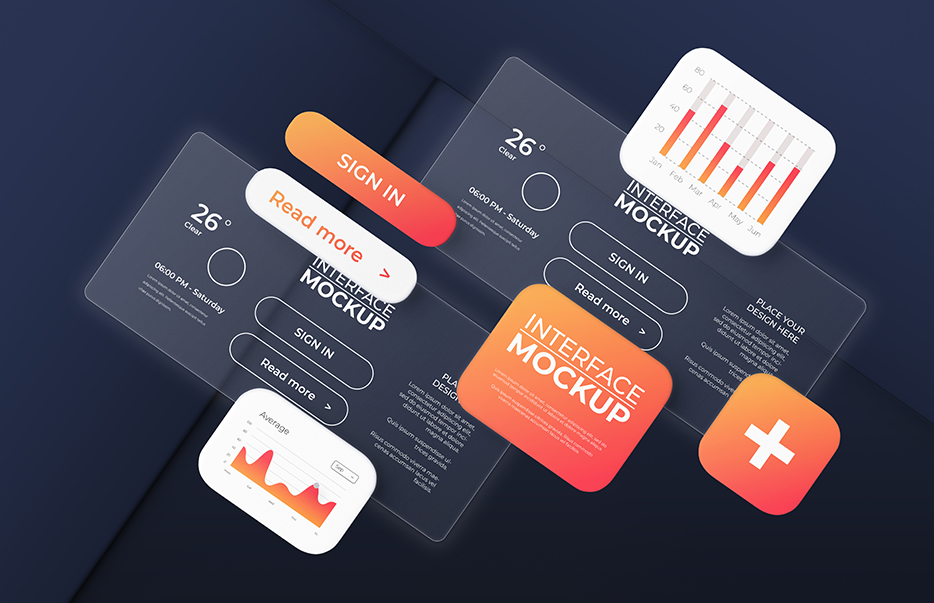
Legacy Software UX Upgrade: Transitioning to Modern Standards with SPAs
One of the most exciting challenges in modern UX legacy software is transitioning an outdated product into a Single Page App (SPA). Compared to the desktop programmes of yore, responsive web apps support a rich, dynamic user interface that delivers a far superior user experience.
Upgrading a legacy UX to a modern interface is like renovating a beloved old home. You want to preserve what works, fix what doesn’t, and create something that feels fresh without confusing long-time users.
What is the value of a UX overhaul?
Modernising legacy software UX by moving to a SPA that meets modern UX standards unlocks a range of benefits. Some of these include:
- An interface that prioritises clarity and ease of use – Seamless navigation, scalable typography, intuitive icons, and generous white space.
- Mobile access and responsive design – User’s expect access anywhere, on any device.
- Better performance – Faster load times and smoother interactions.
- Improved accessibility for users – Contrast ratios, keyboard navigation, and screen reader compatibility.
- Enriched UI (user interface) – Reassessing the programme’s UX is all about adding business value. This goes hand in hand with organising the UI into a user orientated flow that assists people to do their jobs more efficiently.
Don’t forget the tech stack
What happens behind the scenes of an application also shapes what’s possible on the front end. Legacy systems often come with constraints like outdated frameworks or slow performance. In contrast, newer tools support:
- Component-based architectures
- API-first backend communication
- And scalable cloud infrastructure
At KRS, we work with the Svelte framework, which offers a highly performant development environment. Without diving too deep into the technical nitty gritty, Svelte goes a long way in improving UX consistency with features like reusable components, scoped style and faster load times.
This kind of tech foundation makes it easier to deliver a seamless user experience that boosts the benefits of a design overhaul.
How should the process be managed?
1. Understand the existing landscape
Begin by thoroughly understanding the current system. Ask a lot of questions to get into the user’s headspace:
- What actions are completed most frequently?
- What pain points cause frustration?
- Which aspects of the programme no longer comply with modern usability standards?
Discussions with users and access to analytics can also be helpful at this stage.
2. Prioritise user-centred design
A redesign is far more than a facelift. It’s an opportunity to focus on user behaviour and create an outstanding design that helps users complete tasks efficiently.
Start by:
- Mapping the user journey and identifying pain points
- Prototyping and testing potential flows before committing to development
- Gathering feedback and refining before a full rollout
3. Mindfully introduce users to the new interface
There’s a fine art to introducing legacy users to a new UX environment. The transition should be handled with care, avoiding any sense that the rug has been swept from under their feet.
Even if the older product has major shortcomings, legacy software interfaces create habits that must be considered during any UX upgrade. People generally resist abrupt change – not because they dislike improvement, but because it disrupts their mental model.
So, what are some of the best practices to guide the transition to a new interface?
3.1. Start with familiarity
Ease users in by retaining some recognisable elements from the legacy system, like workflows, terminology and layout structure, where appropriate. This doesn’t mean clinging to an outdated design (far from it!) but rather working with what users already know.
3.2. Layer learning with progressive disclosure
Using a new interface should feel like a welcome upgrade, not an obstacle. Intuitive UX is great, but thoughtful onboarding also matters.
Rather than overwhelming users with all the changes at once, gradually introduce complexity to help users adjust. For example:
- Use tooltips, modals, or side-panel guides for new features.
- Let users explore at their own pace, with contextual help nearby.
- Support feedback loops. From positive input to criticism, each point of feedback is a golden key to refining the product. Act on common concerns and usability issues quickly. This goes a long way in building trust and keeping your users happy.
3.3. It’s about simplicity
A major factor that drives user acceptance is the recognition that the changes are for their benefit. In conjunction with UX optimisation, a cleaner UI will create a programme that is a joy to use.
Why it just makes sense
Modernising legacy software UX by transitioning to an SPA goes far beyond a shiny new aesthetic. Remember, good UX isn’t about how software looks; it’s about how it feels to use. It’s the difference between “meh” and “wow.” It’s the difference between outdated thinking and a modern, scalable UX for legacy software.
At KRS, we specialise in transforming legacy software products into something special that rocks the user’s experience. Find out more about we can do for you take your business offering into another stratosphere.


